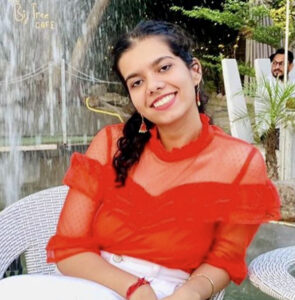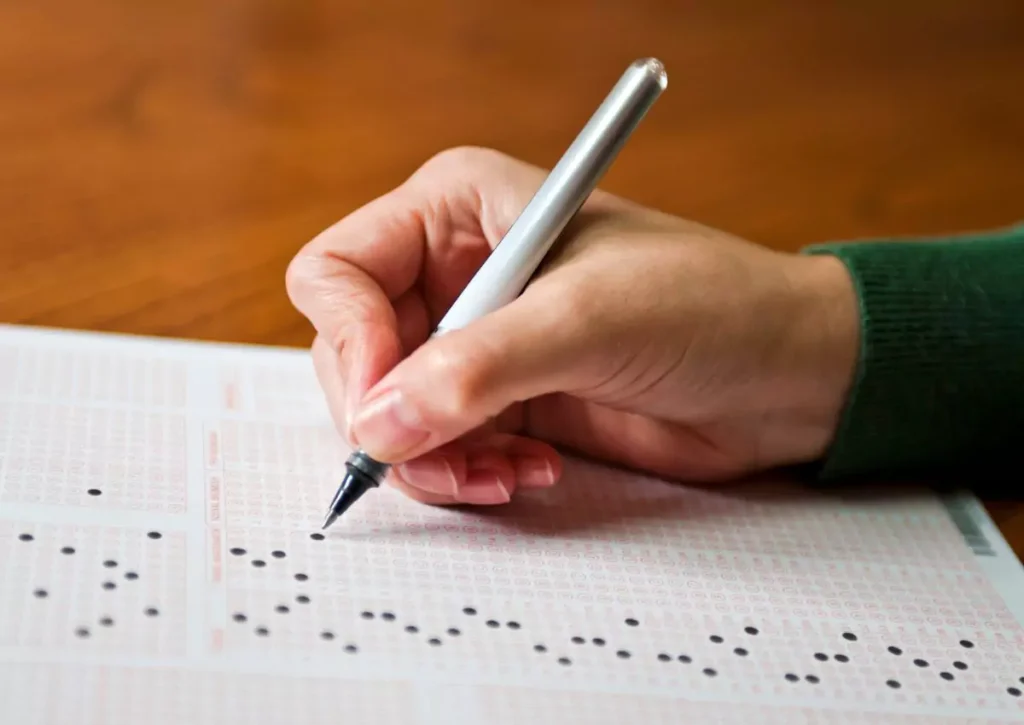
NATA Exam Pattern and syllabus 2022

Kritika Yadav

NATA Exam Pattern 2022 has been released by the council of architecture. The examination will be held in the duration of three hours and will have Multiple-Choice type, Multiple Select Type (MSQ), Preferntial Choice Type (PCQ), Numerical Answer Type (NAQ), and Match the Following type Questions (MFQ).
The National Aptitude Test in Architecture (NATA) has been conducted by the Council of Architecture (CoA) since 2006. This test is used to gauge a potential student’s aptitude for the study and practice of architecture. It is a national level entrance examination and its purpose is to screen candidates for admission into undergraduate courses in architecture. It is believed that a separate aptitude test should be conducted for admission to Architecture which should not be combined with the tests for admissions to Engineering, Pharmacy, Medicine and other disciplines.
NATA Exam Pattern 2022
| Particulars | Details |
| Mode of Examination | Online |
| Medium of Examination | English |
| Duration of the Exam | 3 hours |
| Number of Sections | The exam will have only one part- Aptitude Test |
| Number of Questions | 125 Questions |
| Type of questions | Multiple-Choice type (MCQ), Multiple Select type (MSQ), Preferential Choice type (PCQ) and Numerical Answer type (NAQ) |
| Total Marks | 200 Marks |
| Marking Scheme | The questions will carry either 1 mark, 2 marks, or 3 marks. |
NATA Exam Pattern 2022- Section wise
NATA 2022 will be basically divided into two sections namely, Mathematics and General Aptitude Test, and Drawing. Let’s take a look at the detailed syllabus for both the sections.
Mathematics & General Aptitude Test
- Only one option is correct and correct response will yield 2 (two) marks. There will be no negative marking, but wrong answering will be penalized in case of tie breaking.
- Answers to both parts must be provided on same OMR sheet, which is specially designed machine readable
- Response sheet. Answers are to be marked using blue or black ball point pen only on the OMR answer sheet.
Drawing Test
The candidate would have to attempt three questions in this two hour test which would judge the following skills:
- Ability to sketch a given object proportionately and portray the same in a visually attractive manner
- Ability to visualise and draw the effects of light on the object and shadows cast on its surroundings
- Candidate’s sense of perspective drawing
- Ability to combine and compose given three-dimensional elements to form a building or structural form
- Creating visual harmony using colours in given composition
- Understanding of scale and proportions
- Drawing pencil sketches on themes from daily experiences from memory
NATA Exam Pattern 2022-Marks distribution
|
Subjects |
Distribution of Marks |
Total Marks |
|
Mathematics (20 Questions) |
20 x 2 |
40 |
|
General Aptitude Test (40 Questions) |
40 x 2 |
80 |
|
Drawing (2 Questions) |
2 x 40 |
80 |
|
TOTAL |
200 |
NATA 2022 Syllabus
NATA Drawing Test Syllabus
| Important Topics for Drawing | ||
| Scale and Proportions of Objects | Geometric Composition | Shape |
| Building Forms and Elements | Aesthetics | Colour Harmony |
| Pattern Drawing | 3D and 2D Transformation | Creating Shapes and Forms |
| Surfaces and Volumes | Generating Plan | Perspective Drawing |
| Urban Landscape | Day to Day Object Drawing | Conceptualization and Visualisation |
NATA Mathematics Syllabus
| Important Topics in Mathematics | ||
| Algebra | Logarithms | Matrices |
| Trigonometry | Coordinate Geometry | Dimensional Co-ordinate Geometry |
| Theory of Calculus | Application of Calculus | Permutation and Combination |
| Statistics | Probability | – |
NATA physics Syllabus
| Important Topics in Physics | ||
| Electrostatics | Current Electricity | Atoms and Nuclei |
| Electromagnetic Induction | Alternating Currents | Electronic Devices |
| Optics | Dual Nature of Radiation and Matter | Magnetism and Matter |
NATA chemistry syllabus
| Important Topics in Chemistry | ||
| Basic Concepts of Chemistry | Atom Structure | Chemical Bonding |
| State of Matter | Chemical Thermodynamics | Equilibrium |
| Organic Chemistry | Environmental Chemistry | – |
Related Links
Latest News
People Reading Now

CBSE Compartment Result 2023 OUT: Click For Direct Link



CSAB 2023: Special Round Registration Begins Today

